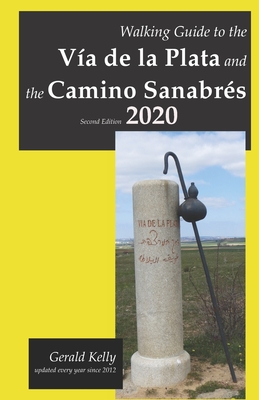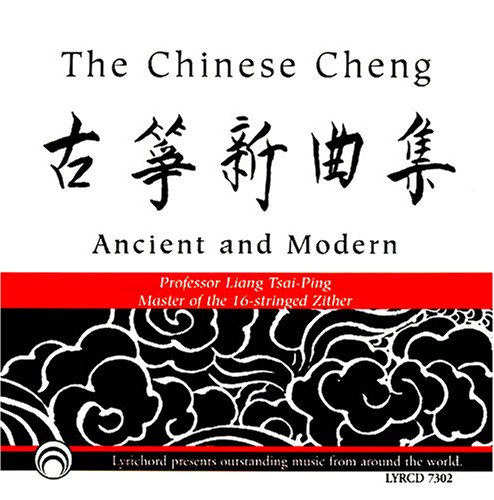
description
e Paris we know today was born, the vision of two extraordinary men: the endlessly ambitious Emperor Napoléon III and his unstoppable accomplice, Baron Haussmann. This is the vivid and engrossing account of the greatest transformation of a major city in modern history. Traditionally known as a dirty, congested, and dangerous city, Paris was transformed in an extraordinary period from 1848 to 1870, when the government launched a huge campaign to build streets, squares, parks, churches, and public buildings. The Louvre Palace was expanded, Notre-Dame Cathedral was restored, and the masterpiece of the Second Empire, the Opéra Garnier, was built. A very large part of what we see when we visit Paris today originates from this short span of twenty-two years. The vision for the new Paris belonged to Napoléon III, who had led a long and difficult climb to absolute power. But his plans faltered until he brought in a civil servant, Georges-Eugène Haussmann, to take charge of the implementation. Heedless of controversy, at tremendous cost, Haussmann pressed ahead with the giant undertaking until, in 1870, his political enemies brought him down, just months before the collapse of the whole regime brought about the end of an era. Stephane Kirkland's Paris Reborn is a must-read for anyone who ever wondered how Paris, the city universally admired as a standard of urban beauty, became what it is.
member goods
No member items were found under this heading.
Return Policy
All sales are final
Shipping
No special shipping considerations available.
Shipping fees determined at checkout.







